While researching some early games in the Bf4 version of the Queen’s Pawn openings favoured by world champion Magnus Carlsen, I came across an epic publication which called to mind that fine, seminal and instructive writer, Polish grandmaster Savielly Tartakower.
His 500 Master Games of Chess, co-written with J. Dumont, contains readable annotations to virtually ever game of importance played from the days of Philidor in the 18th century, up to the period immediately pre-dating the second world war.
Apart from an excellent eye for selection of the best games, thus providing an effective tour d’horizon of the development of chess strategy and tactics over one and a half centuries, the erudition and pithiness of the comments make every game a pleasure to follow.
As Christmas approaches, this two volume set, conflated into one mega volume by publishers Dover, is well worth consideration for any chess enthusiast. The sole caveat is that there is not yet an algebraic edition, so potential readers must be familiar with the older English descriptive notation. For the following extract, I have converted the moves and notes into the prevailing modern method of conveying the moves.
A worthy undertaking for any prospective chess editor would, in fact, be transliteration of this epic to the now universally accepted algebraic notation.
Rubinstein-Spielmann; San Sebastian 1912; Dutch Defence
(Diagram 1) 25 … Bxe4!! A magnificent move. 26 Rxe4 Not 26 bxc5 Rf1+ mating. Tartakower gives 26 Bxe4 Rf1+ 27 Rxf1 Rxf1+ 28 Kg2 Rg1+ 29 Kf3 Qh5+ and now says ‘etc…’, implying that Black has a winning attack. In fact White has a remarkable defence with 30 Kf4! (not 30 Ke3 when 30 … Qxh2 is crushing) 30 … e5+ (other moves are possible but nothing gives Black a concrete advantage) and now 31 Ke3. Now if 31 … Qxh2, White can get organised with 32 Bd5+ Kh8 33 Ke4! protecting the g-pawn. Black would then retain a strong attack but the position is not clear. 26 … Rf1+ Now Black’s attack wins outright. 27 Bxf1 Rxf1+ 28 Kg2 Qf2+ 29 Kh3 Rh1! If White had a bishop on e4 rather than a rook, this move would be prevented. 30 Rf3 Qxh2+ 31 Kg4 Qh5+ 32 Kf4 Qh6+ 33 Kg4 (diagram 2) 33 … g5! Threatening mate with 34 … Qh5 and forcing White to give back the rook. 34 Rxe6 Qxe6+ 35 Rf5 h6 36 Qd3 Kg7 37 Kf3 Rf1+ Neatly transposing into a winning king and pawn endgame. 38 Qxf1 Qxf5+ 39 Kg2 Qxf1+ 40 Kxf1 axb4 41 axb4 Kf6 42 Kf2 h5 White resigns
Got something to add? Join the discussion and comment below.
Get 10 issues for just $10
Subscribe to The Spectator Australia today for the next 10 magazine issues, plus full online access, for just $10.
You might disagree with half of it, but you’ll enjoy reading all of it. Try your first month for free, then just $2 a week for the remainder of your first year.

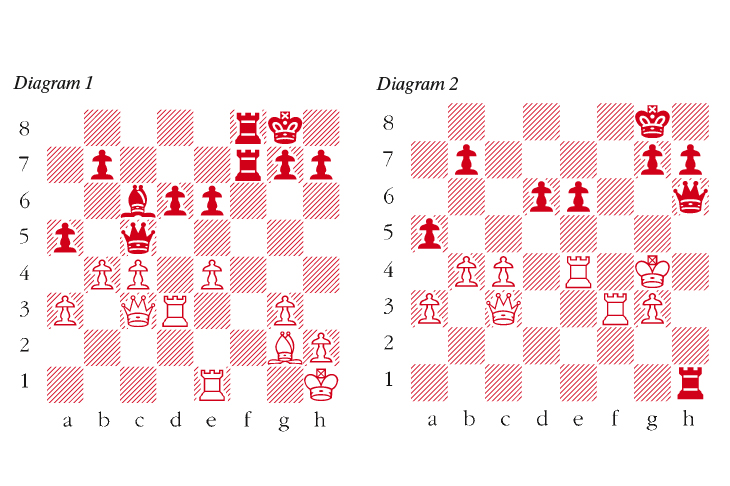
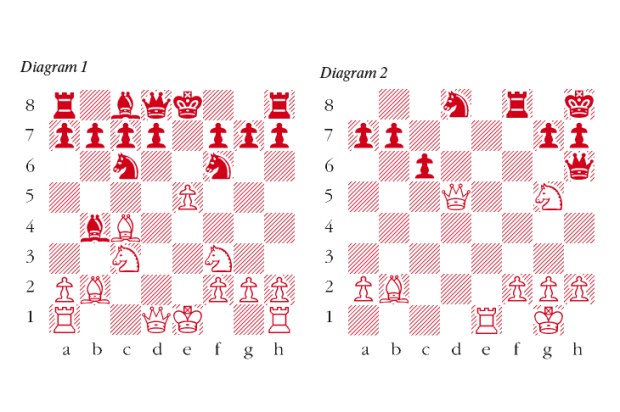

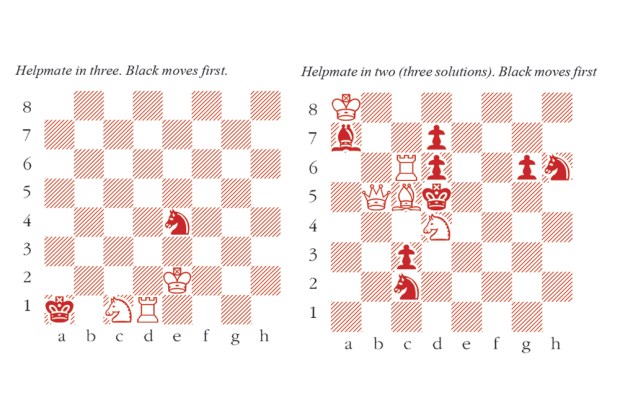
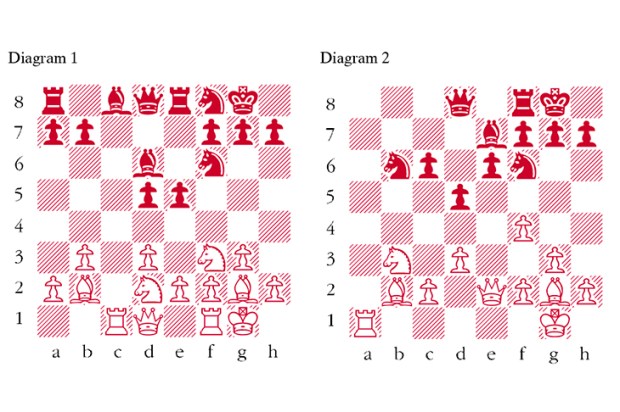
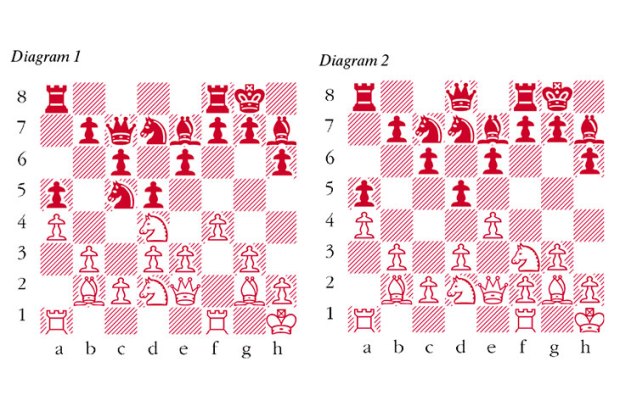
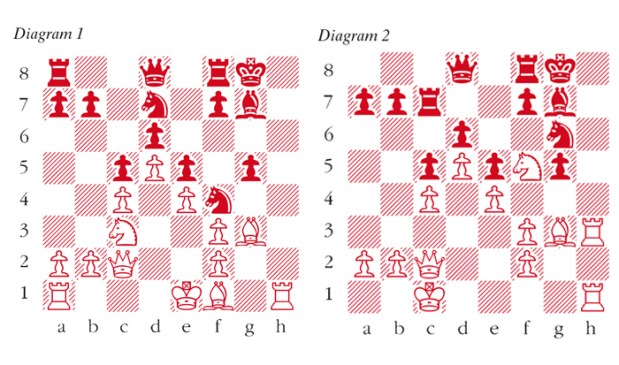






Comments
Don't miss out
Join the conversation with other Spectator Australia readers. Subscribe to leave a comment.
SUBSCRIBEAlready a subscriber? Log in